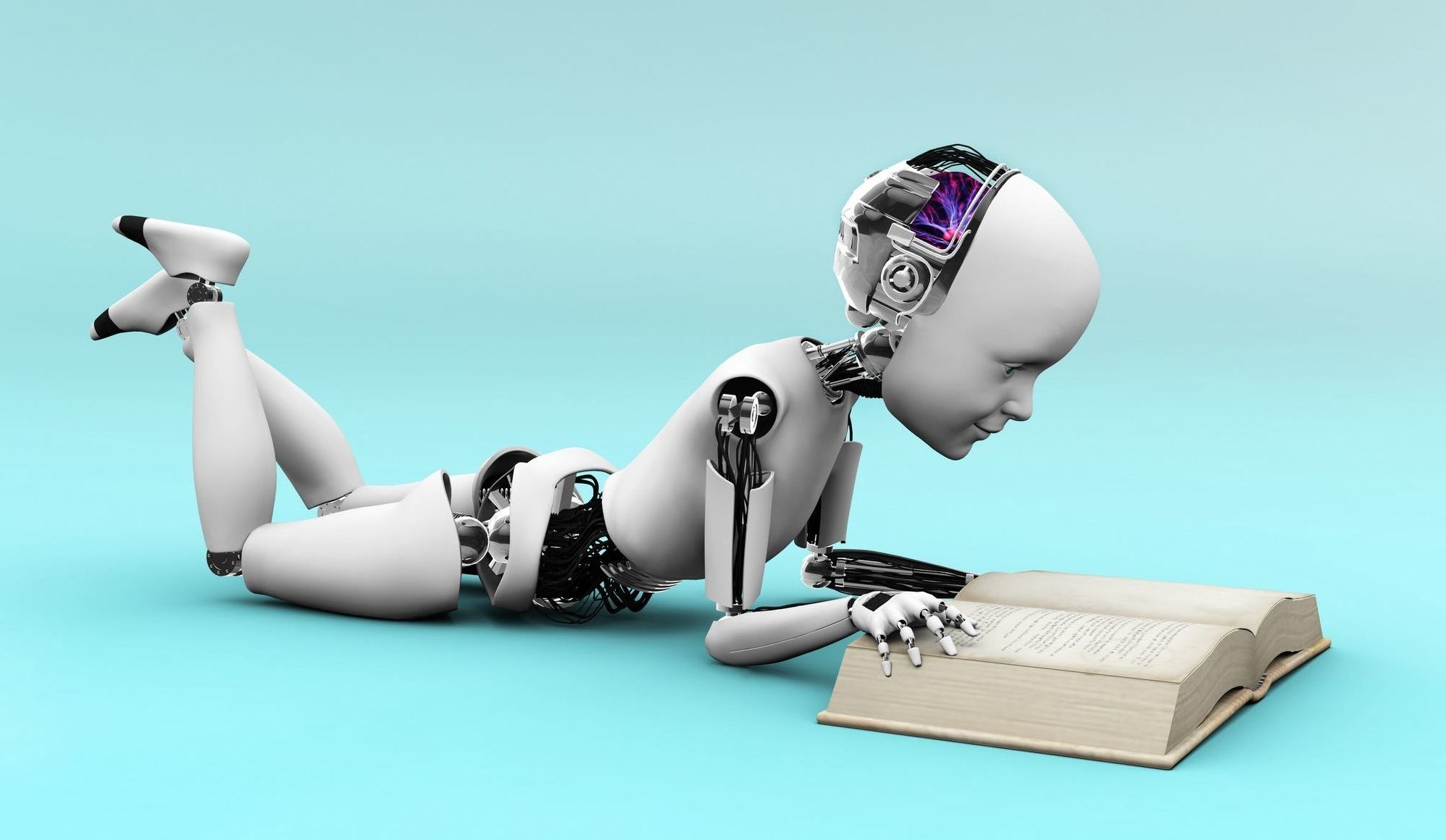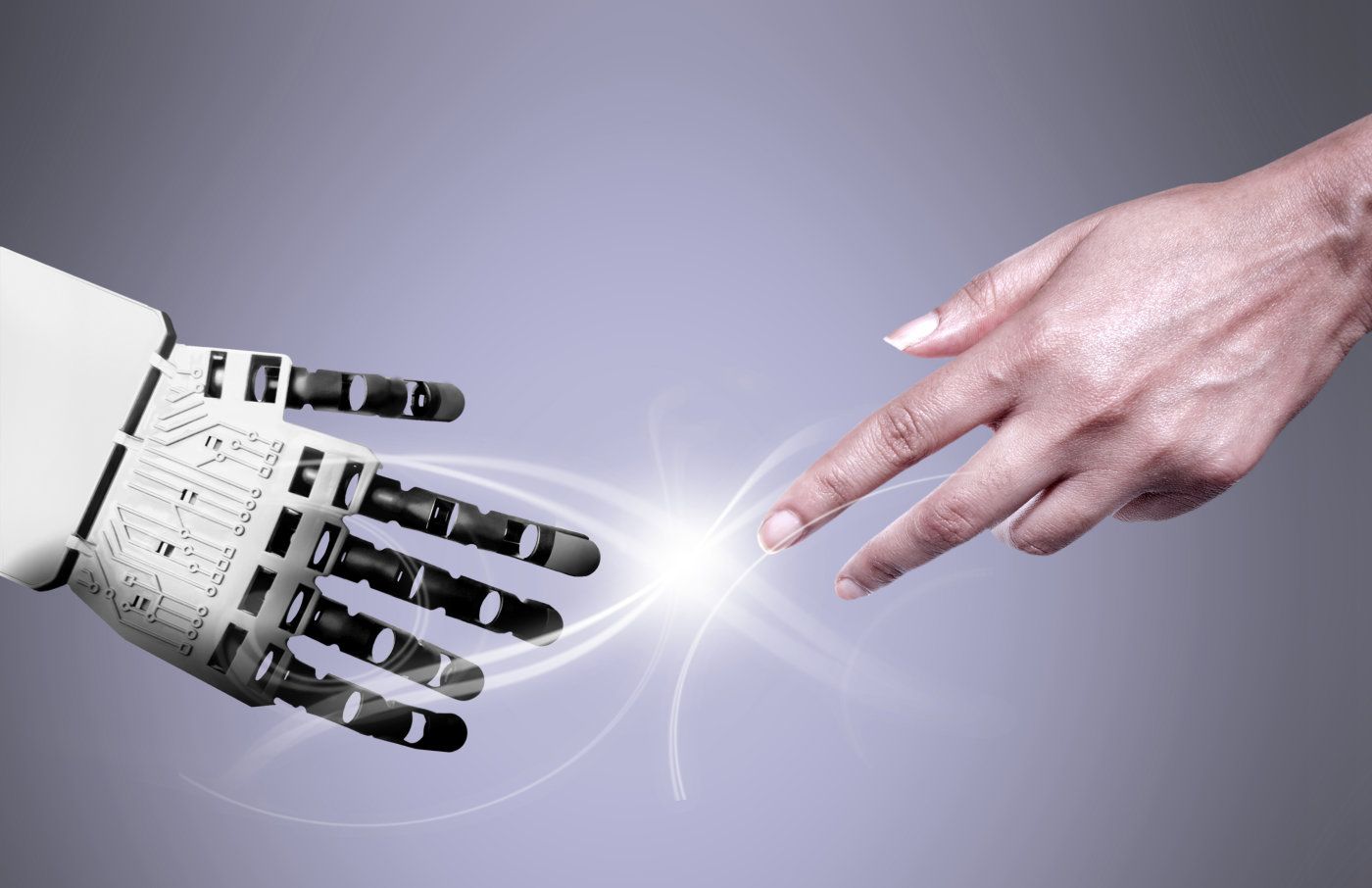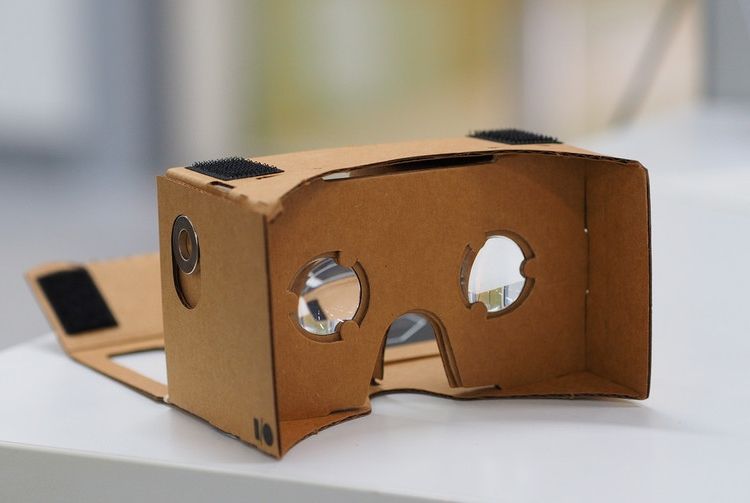May 29, 2016
Google and Ray Kurzweil making chatbots that will allow for “interesting conversations”
Posted by Klaus Baldauf in categories: Ray Kurzweil, robotics/AI
Shutterstock.
Can we really have a conversation with a bot? Voice assistants like Siri, Cortana and Google Now make a good attempt at it, but these are still clearly machines. Their level of artificial intelligence is far behind human intellect. But you can bet Google is working on improving AI.
Renown author Ray Kurzweil has revealed him and his team have been working with Google to create chatbots. These are said to be advanced bots with which you can have ‘interesting conversations’.


















